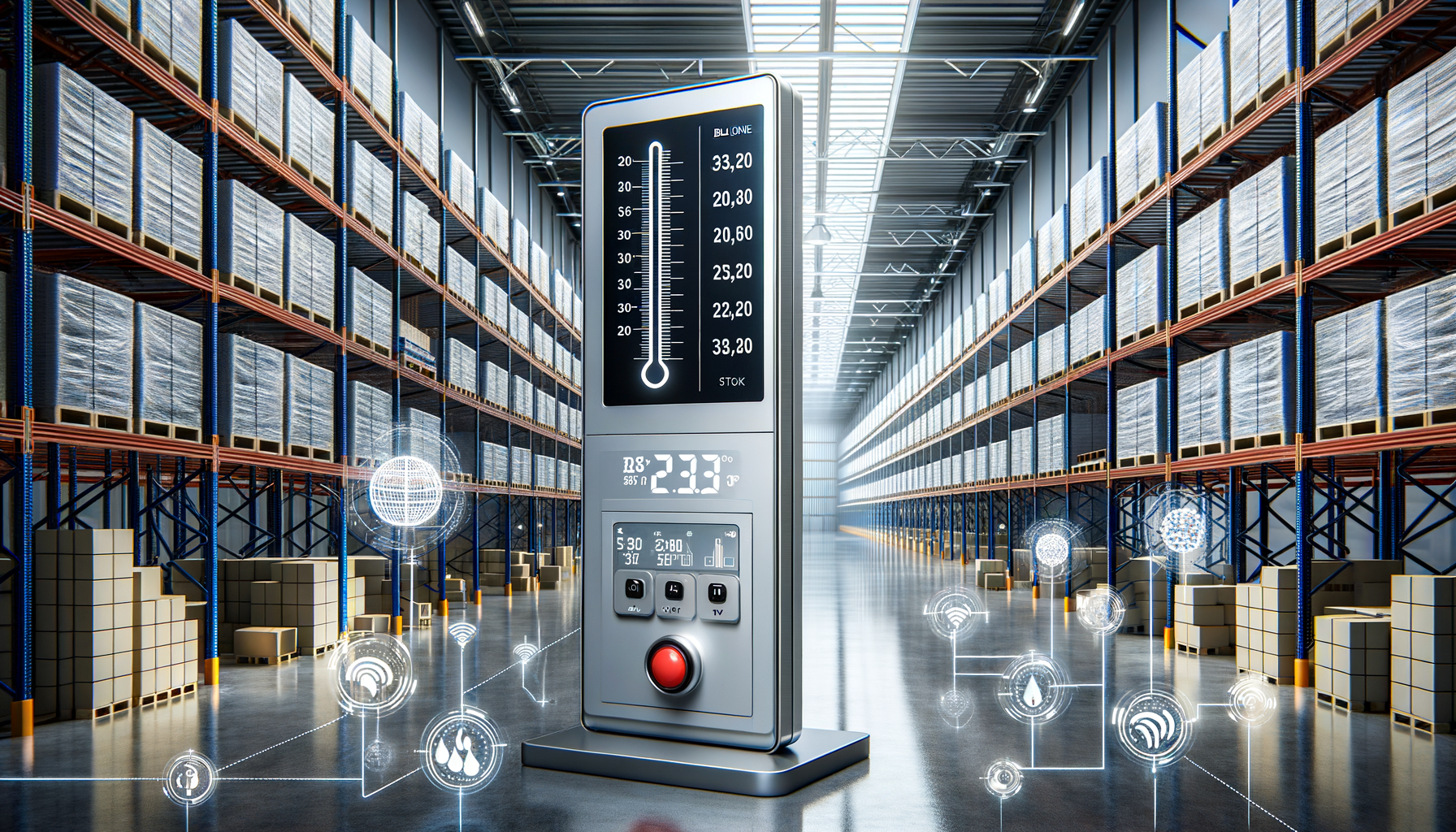Temperature and Humidity Monitoring in Warehouses
This topic focuses on the importance of monitoring temperature and humidity levels in warehouse environments to ensure optimal storage conditions for various products. Effective monitoring can help prevent spoilage, maintain product integrity, and enhance overall operational efficiency.

Introduction to Warehouse Temperature Monitoring
In the realm of logistics and storage, maintaining the right environmental conditions is crucial for preserving the integrity of goods. Temperature and humidity monitoring in warehouses is an essential practice that ensures products remain in optimal condition throughout their storage period. This practice is particularly vital for industries such as food and beverage, pharmaceuticals, and electronics, where even slight deviations can lead to significant losses. Effective monitoring not only prevents spoilage but also enhances operational efficiency by reducing waste and ensuring compliance with industry standards.
The Importance of Temperature and Humidity Control
Controlling temperature and humidity in warehouses is more than just a regulatory requirement; it’s a fundamental aspect of quality assurance. Many products are sensitive to environmental changes, and fluctuations can lead to degradation. For instance, food products may spoil, pharmaceuticals can lose their efficacy, and electronic components might become damaged. Implementing a robust monitoring system helps in:
- Preventing spoilage and maintaining product quality.
- Reducing energy costs by optimizing HVAC systems.
- Ensuring compliance with safety regulations and standards.
- Enhancing customer satisfaction by guaranteeing product integrity.
By maintaining the right conditions, businesses can avoid costly recalls and enhance their reputation in the market.
Technologies Used in Temperature Monitoring
Advancements in technology have revolutionized the way warehouses monitor temperature and humidity. Modern systems offer real-time data collection and analysis, allowing for immediate corrective actions. Some of the technologies employed include:
- Wireless Sensors: These devices offer flexibility and ease of installation, providing continuous data without the need for extensive wiring.
- IoT Integration: Internet of Things (IoT) devices enable seamless connectivity and data sharing across platforms, enhancing decision-making processes.
- Cloud-Based Systems: These systems store data securely and allow access from anywhere, facilitating remote monitoring and management.
These technologies not only improve the accuracy of monitoring but also contribute to the overall efficiency of warehouse operations.
Challenges in Implementing Temperature Monitoring Systems
Despite the benefits, implementing an effective temperature monitoring system in warehouses comes with its own set of challenges. These include:
- Cost: The initial investment for advanced monitoring systems can be significant, posing a barrier for smaller businesses.
- Integration: Ensuring compatibility with existing warehouse management systems can be complex and time-consuming.
- Data Management: Handling and analyzing large volumes of data requires robust IT infrastructure and expertise.
Addressing these challenges requires careful planning and a strategic approach to ensure that the benefits outweigh the costs and complexities involved.
Conclusion: The Future of Warehouse Temperature Monitoring
As industries continue to evolve, the importance of effective temperature and humidity monitoring in warehouses will only grow. Future trends point towards increased automation and the use of artificial intelligence to predict and mitigate potential issues before they arise. By investing in cutting-edge technologies and overcoming implementation challenges, businesses can safeguard their products, reduce waste, and enhance their competitive edge. Ultimately, maintaining optimal storage conditions is not just about compliance; it’s about ensuring the quality and reliability of products that reach the consumer.